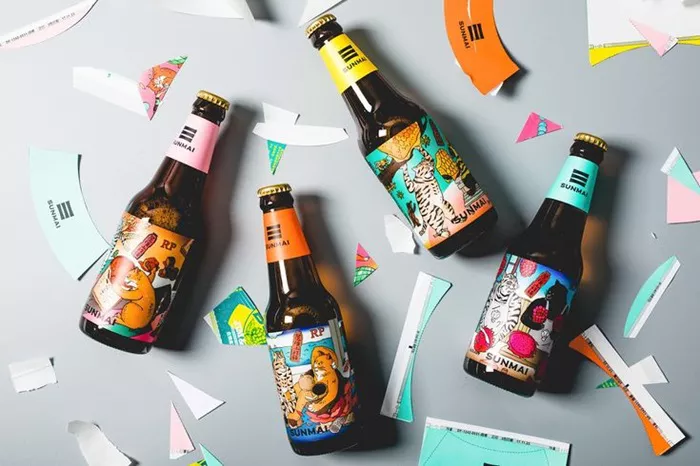For the first time, the number of craft beer breweries closing is outpacing those opening, a troubling trend highlighted by the Brewers Association. The industry is grappling with rising supply costs while demand for beer continues to decline.
Bart Watson, CEO of the Brewers Association, pointed to the impact of the COVID-19 pandemic, which exacerbated challenges for many craft breweries. “The pandemic had ripple effects on the economy and supply chains, and it shifted consumer behavior,” Watson explained. “While people are still spending on bars and restaurants, they’re doing so in different ways, such as more takeout and delivery.”
The downturn in beer sales was evident last year, with a 2% national decline in beer sales. In Colorado, one of the largest craft beer markets in the U.S., beer sales fell by over 3%, according to the Colorado Liquor Enforcement Division.
Despite Colorado ranking fourth in the nation for the number of breweries, trailing only Pennsylvania, New York, and California, it experienced one of the highest numbers of brewery closures last year. The National Brewers Association attributed this to the state’s high concentration of established breweries, which face particularly tough competition.
“Regions with the most developed beer industries, like Colorado, the Pacific Northwest, and the West Coast, are facing the most challenges,” Watson said.
In Georgetown, Colorado, a small town located about an hour west of Denver, Cabin Creek Brewing has become the only brewery in town after another local establishment closed its doors. Patrick Toland, the brewery’s manager, explained that rising raw material costs, especially for grain, along with soaring shipping fees, have made it difficult to maintain profit margins. “The cost of raw materials, especially for the beer and the grain, has increased. Shipping costs have massively increased,” Toland said.
To stay afloat, Cabin Creek Brewing has raised its prices and expanded its menu. Toland also noted that the brewery has embraced market trends, including offering non-alcoholic and low-alcohol alternatives, much like larger brands. “A lot of big brands are aligning with trend-setting on social media in terms of offering non-alcoholic or alcohol alternatives. We’ve had to do the same,” he added.
You Might Be Interested In:


